Dutch Elm Disease Beetle
Dutch elm disease beetle. Did this mean no more elm trees in our urban forest. Dutch elm disease is caused by the the fungus Ophiostoma ulmi that clogs the vascular tissues within a tree preventing water movement to the crown. Dutch elm disease - brown streaks in a twig of an infected elm.
Actual size of beetle. Once widely planted and used for its form shade and incredible urban tolerance the American elm succumbed to Dutch elm disease DED spreading rapidly by elm bark beetles and root grafts between elm trees. Preventive treatments such as foliar insecticide applications severing root graphs between trees.
The DED fungus can spread from tree to tree through root grafts. Grafted roots are the second way trees can contract Dutch elm disease. Elms and the closely related Zelkova.
Quick recognition and removal of diseased trees is key to the overall management but individual trees still must be managed one by one. Elm bark beetles spread the DED fungus when feeding. The most common way Dutch elm disease is transmitted is through elm bark beetles.
Scientists at major universities and arboreta across the US. In some parts of Europe it is estimated that 60-70 per cent of trees have died. Dutch Elm Disease Life Cycle Elm Bark Beetles.
Davis Arthropod Diagnostician DiD YoU kNow. The fungus is transmitted from tree to tree by interconnected root systems and by elm bark beetles. It got its name from the team of Dutch pathologists who carried out.
The DED fungus is vectored and closely linked to the life cycles of the native elm bark beetle Hylurgopinus rufipes Eich and the smaller European elm bark beetle Scolytus multistriatus Marsh. Spread by bark beetles the disease has decimated elm populations throughout much of Europe and North America.
Dutch elm disease is caused by the fungus Ophiostoma novo-ulmi which is spread by the elm bark beetle.
Dutch elm disease is caused by a fungus Ophiostoma novo-ulmi and also Ophiostoma ulmi that has destroyed huge numbers of elm trees in North America Europe and parts of Asia. Bark beetles of the genus Scolytus Geoffroy are the main vectors of the fungus Ophiostoma ulmi sl which causes the Dutch elm disease. Both can transmit Dutch Elm Disease DED leading to tree death decline or chronic stress. The DED fungus is vectored and closely linked to the life cycles of the native elm bark beetle Hylurgopinus rufipes Eich and the smaller European elm bark beetle Scolytus multistriatus Marsh. Grafted roots are the second way trees can contract Dutch elm disease. Signs of beetle activity Beetle emergence holes the size of the diameter of a pencil lead andor sawdust on the bark indicate burrowing beetles. The large and small elm bark beetles -. Dutch elm disease is caused by the fungus Ophiostoma novo-ulmi which is spread by the elm bark beetle. Dutch elm disease DED causes wilt and death in all species of elm native to Minnesota The disease is caused by the invasive fungal pathogen Ophiostoma novo-ulmi and occurs throughout Minnesota.
Dutch elm disease widespread fungoid killer of elms Ulmus species and certain other trees first described in the Netherlands. Dutch Elm Disease is a tree affliction caused by a fungus that clogs up the vascular system of elm trees restricting flow of sap and usually killing the tree within one to three years of infection. It got its name from the team of Dutch pathologists who carried out. Dutch Elm Disease Life Cycle Elm Bark Beetles. The large and small elm bark beetles -. Grafted roots are the second way trees can contract Dutch elm disease. The beetles fly to healthy trees and feed on 2 4 year old branches and thereby spread the disease.


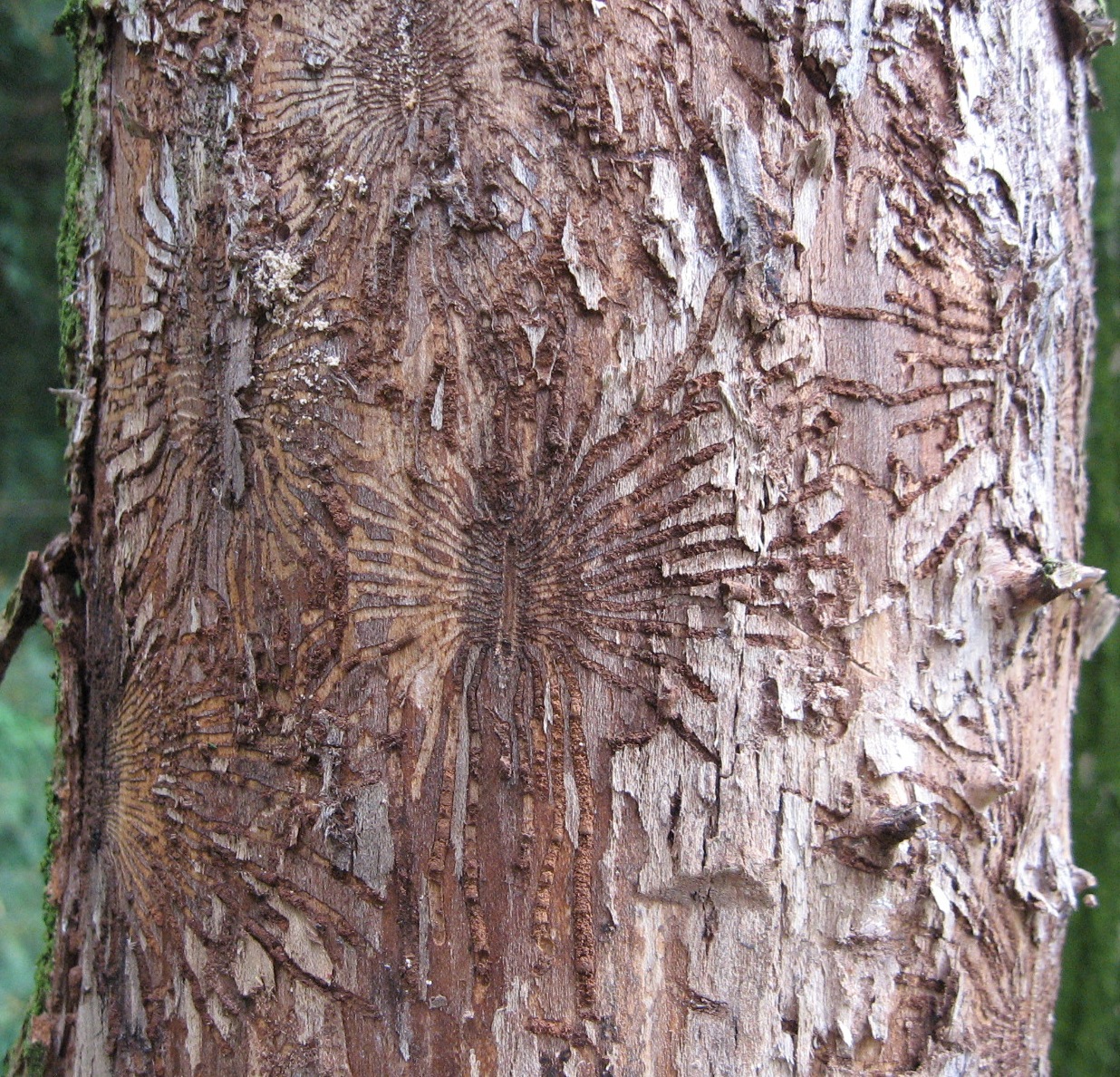





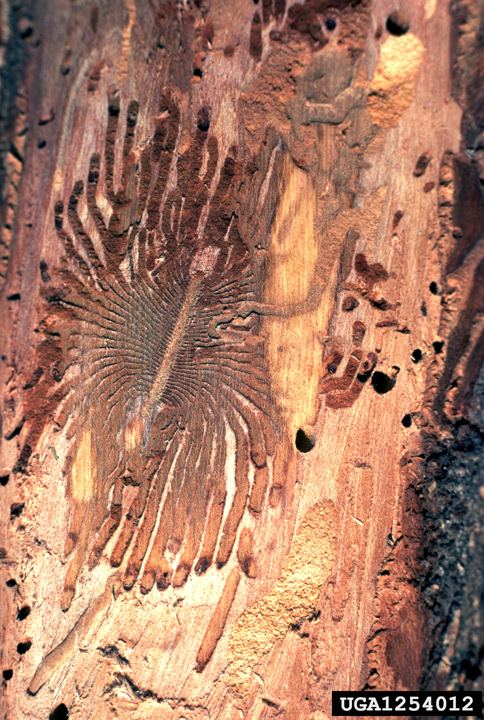
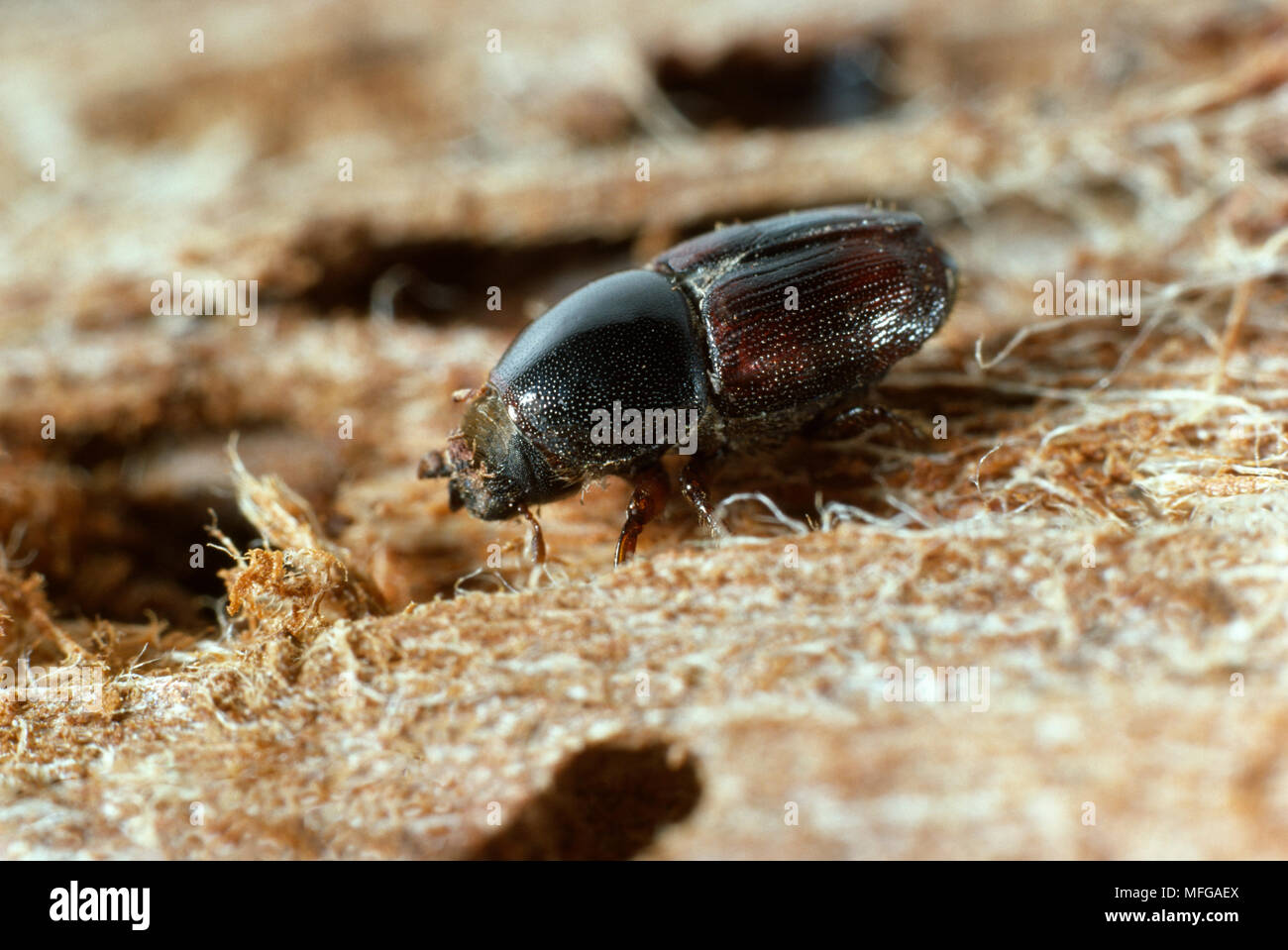

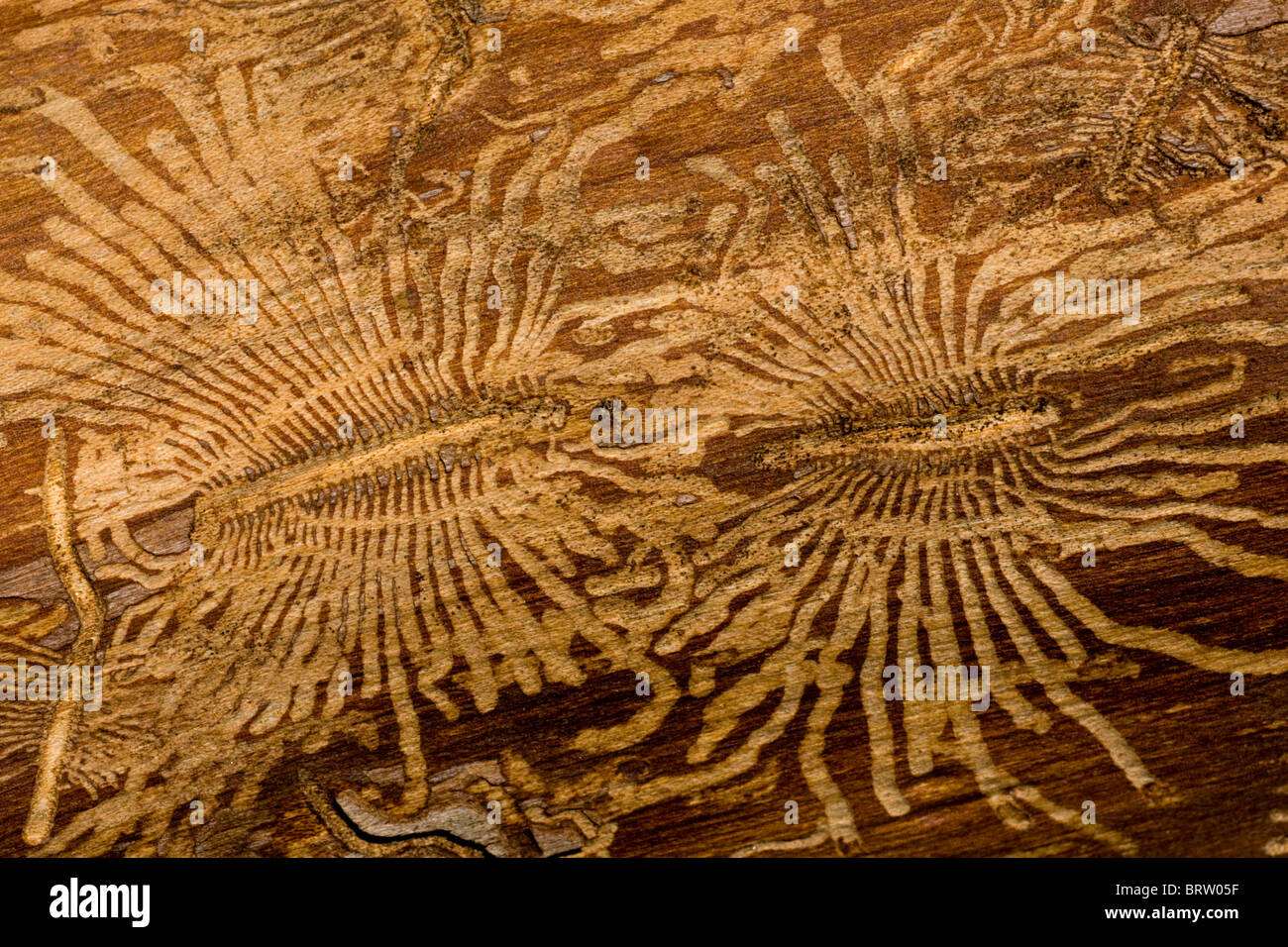





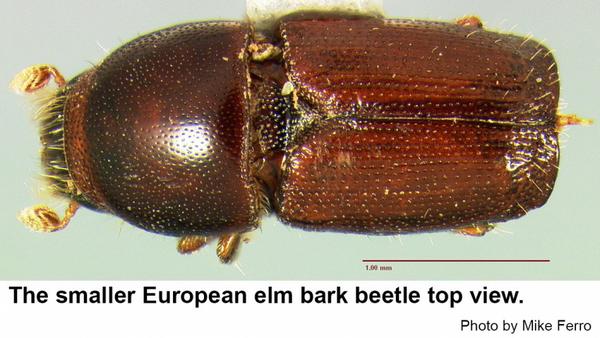

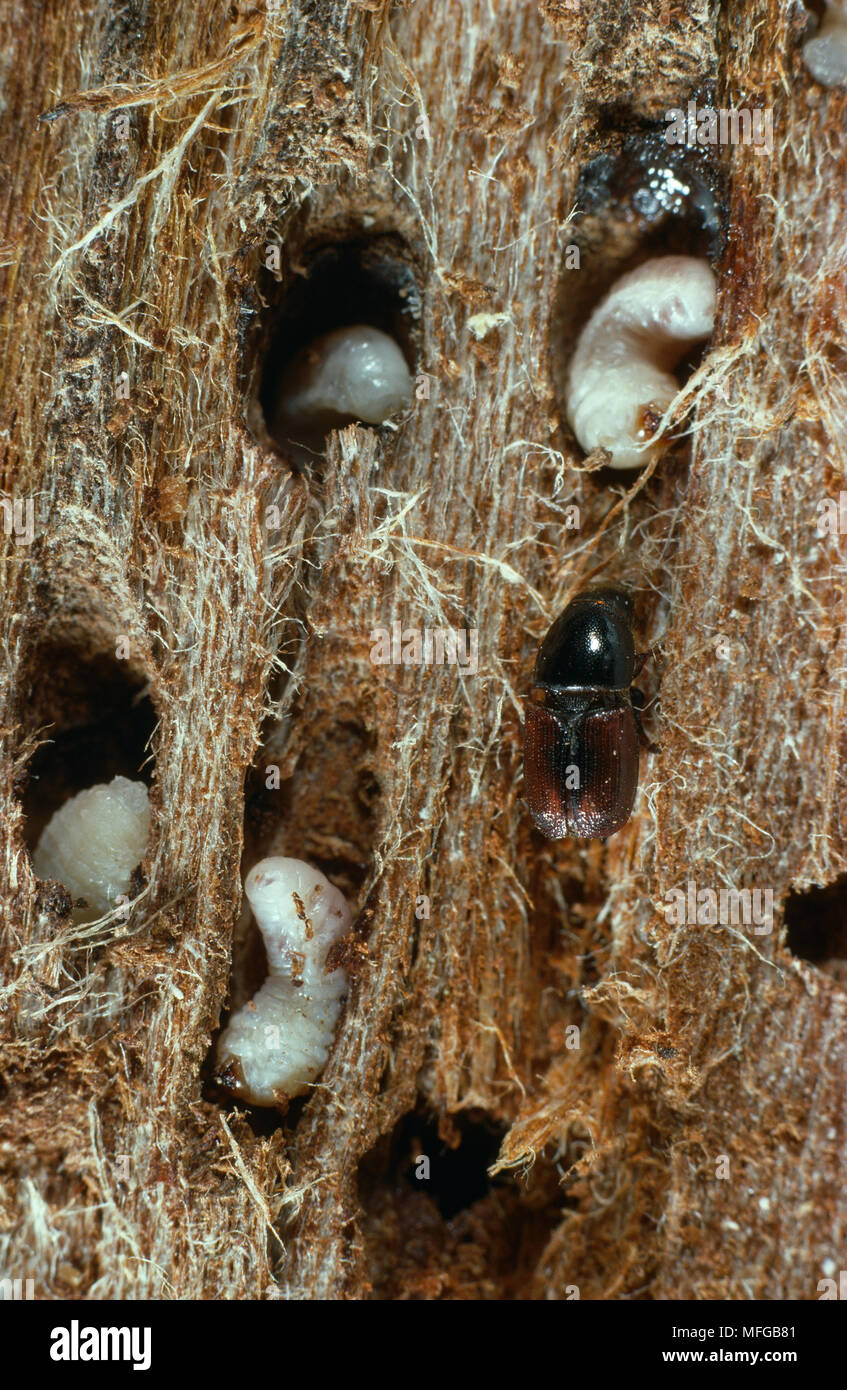





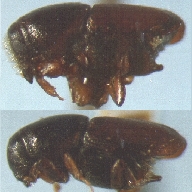
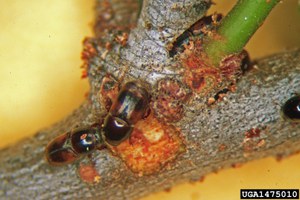
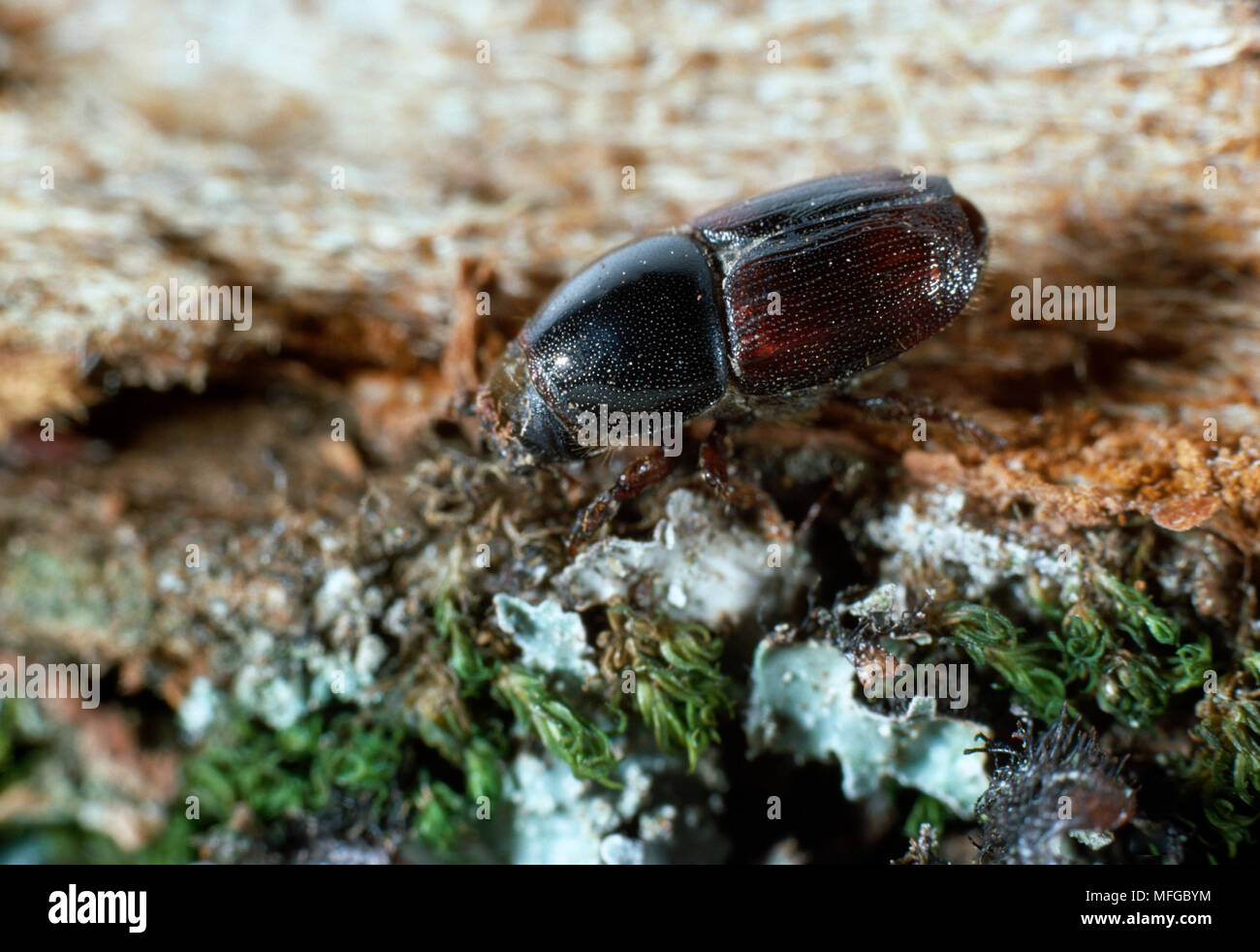



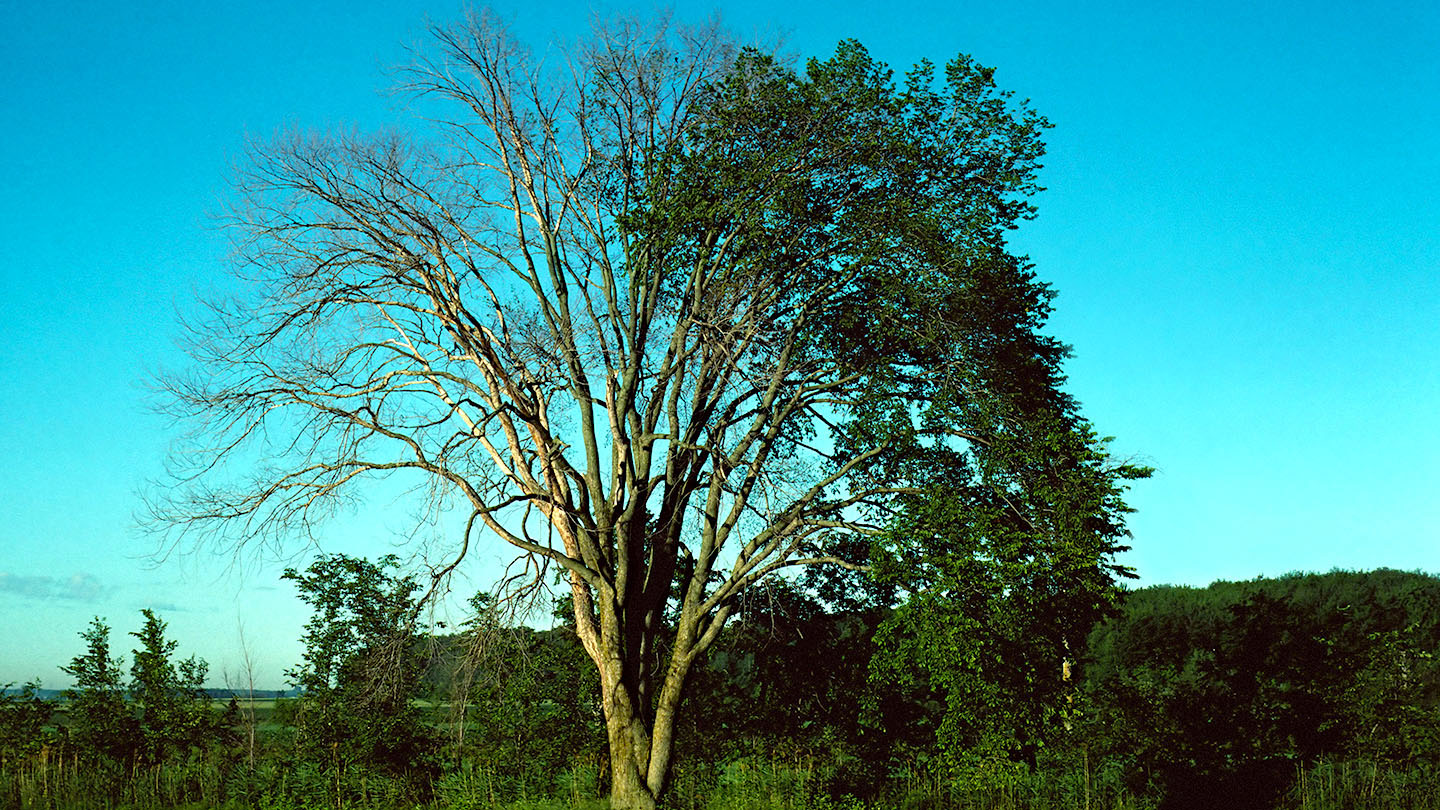
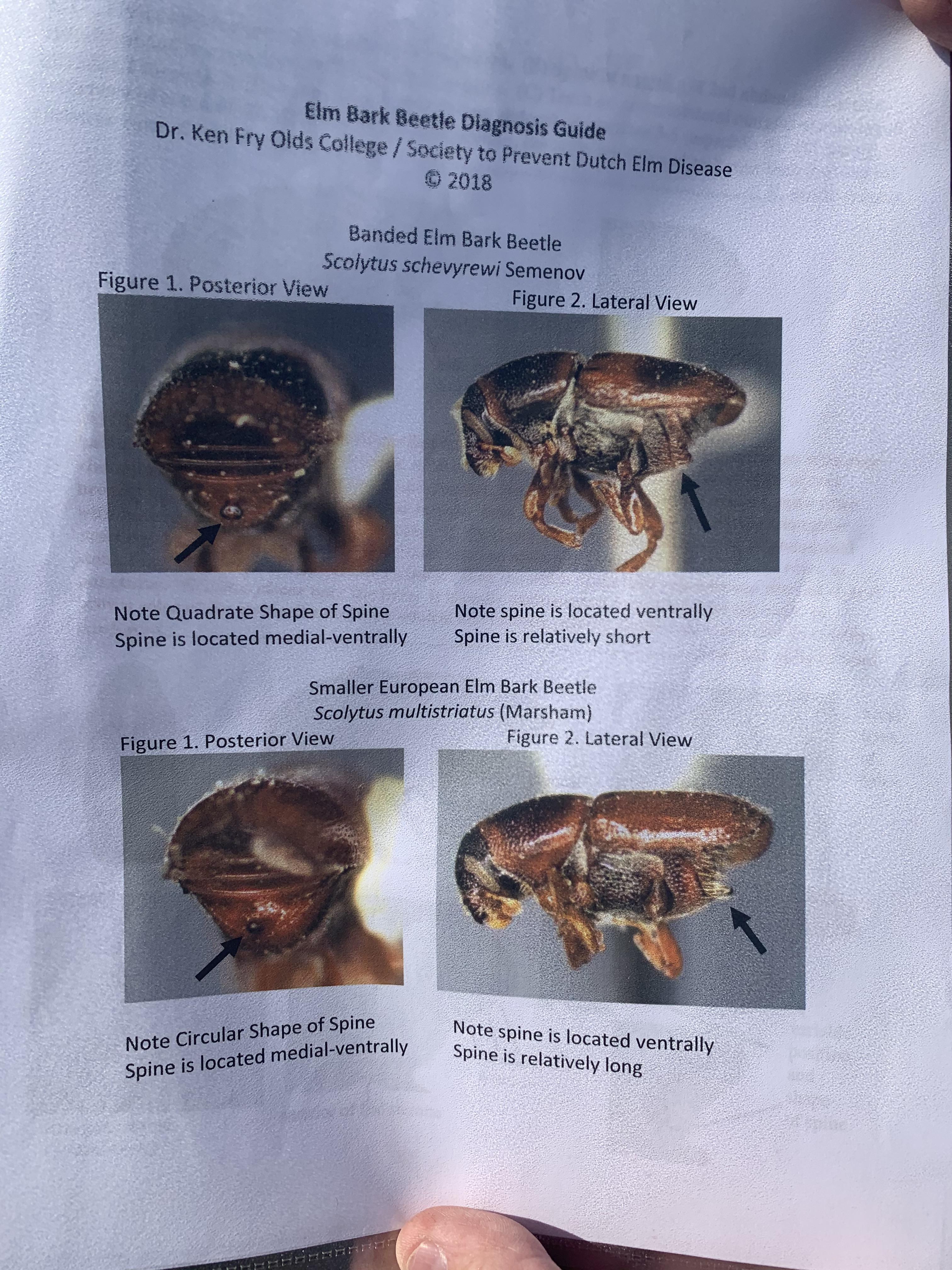

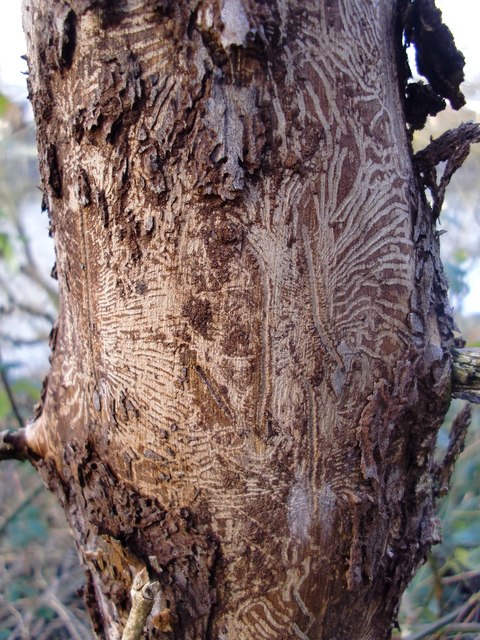
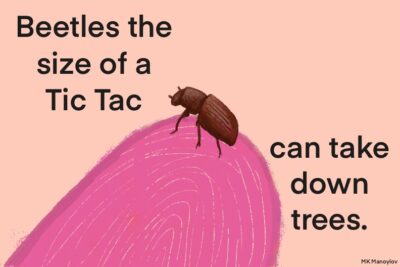
Post a Comment for "Dutch Elm Disease Beetle"